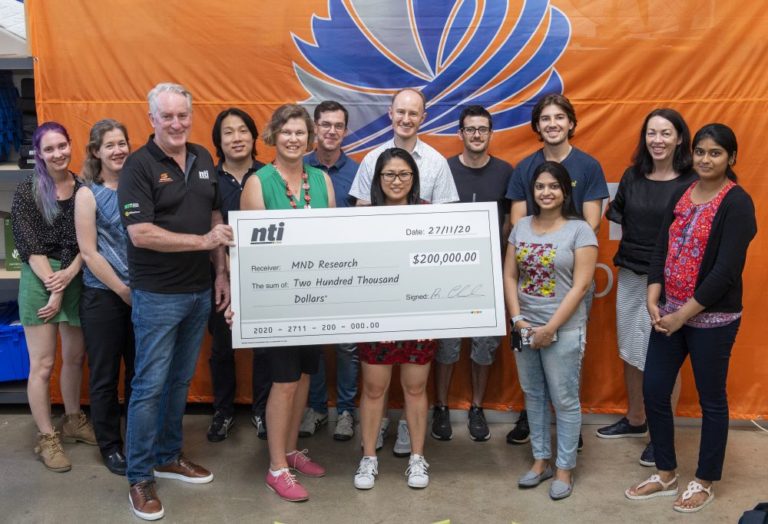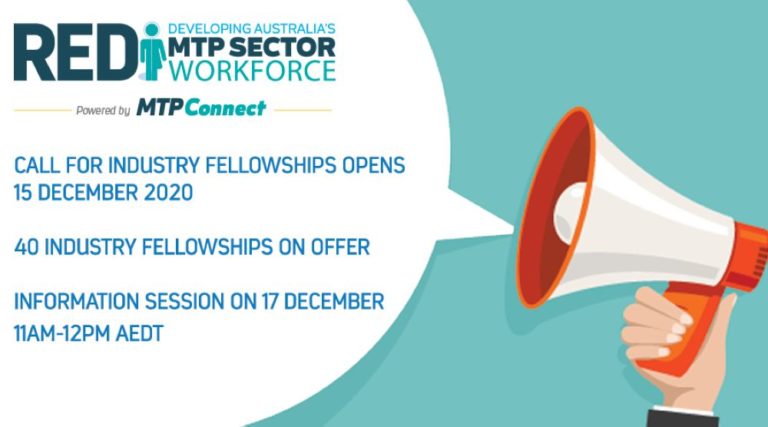The new survey of 7000-plus Australians also suggests a lack of awareness about automated external defibrillators. Nearly one in three people had never heard of the lifesaving device often found in public places such as shopping centres, schools and gyms.
The Heart Foundation has released its results on Restart a Heart Day to spread the word that anyone can use an AED to help save a life, without fear they will cause greater harm to the patient.
Early CPR and access to a defibrillator can significantly increase your chances of surviving a cardiac arrest, which is when a person’s heart stops beating. The patient will become unconscious and stop breathing normally, or at all.
A defibrillator checks the heart rhythm and can apply a measured electric shock to restore the heart to its normal rhythm. It will only deliver a shock if necessary, which means you cannot hurt someone by using a defibrillator.
The key findings of this year’s survey of 7200 Australian adults include:
- 52% would not feel confident using an AED if they thought someone was having a cardiac arrest, while 41% would feel confident.
- 60% had heard of an AED; 32% had not; and 8% were unsure.
- Women were less likely to feel confident about using an AED than men (38% versus 45%).
- Young adults were more likely to feel confident about using an AED than older Australians.
Heart Foundation General Manager of Heart Health, Bill Stavreski, urged Australians not to feel hesitant about using the lifesaving device in an emergency.
There’s a fear factor around defibrillators, but they are designed to be user-friendly and you don’t need to have medical training to help save a life.
“The step-by-step recorded instructions will guide you, and even if it turns out the person is not having a cardiac arrest, using the AED will not hurt them.”
Few people will survive a cardiac arrest without immediate treatment. About 25,000 people have a cardiac arrest out of hospital each year in Australia, but it is estimated as few as 5% will survive to be discharged from hospital.
“You should call 000 for an ambulance immediately if you think someone is in cardiac arrest. Check for a response and if they are breathing. If they aren’t, use an AED if one is available. If not, start CPR with chest compressions – you don’t need to use mouth-to-mouth if you are not comfortable,” Mr Stavreski said.
“Bystanders can be reluctant to step in if they haven’t been trained in CPR, but any attempt at resuscitation is better than none. Time is everything, because for every minute without defibrillation to restart the heart, chances of surviving drop by 10 per cent.”
Three in four cardiac arrests are caused by heart events, such as a heart attack, or underlying heart conditions.
We encourage more Australians to learn what action they can take to save someone’s life, including learning the signs of cardiac arrest and how to perform CPR, but we can all also take pre-emptive action to protect our own heart health.
“If you are 45 years and over, or from 30 if you’re Aboriginal or Torres Strait Islander, talk to your GP about a Heart Health Check to understand your risk of heart disease.”[/vc_column_text][/vc_column][/vc_row]





